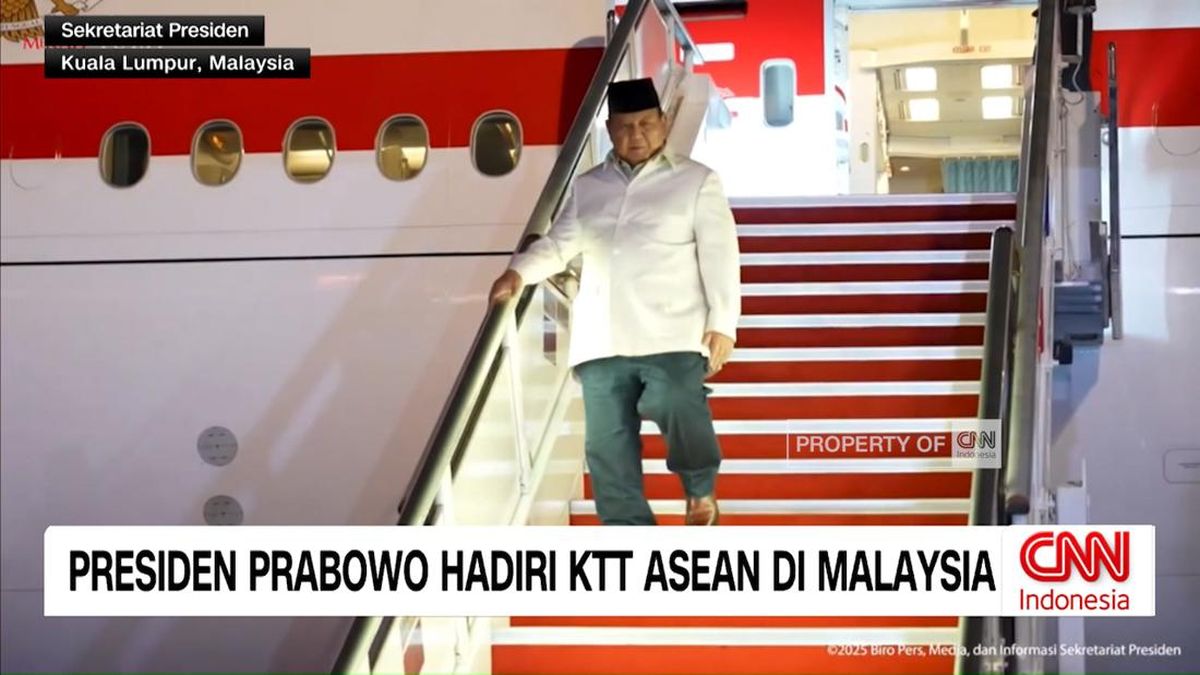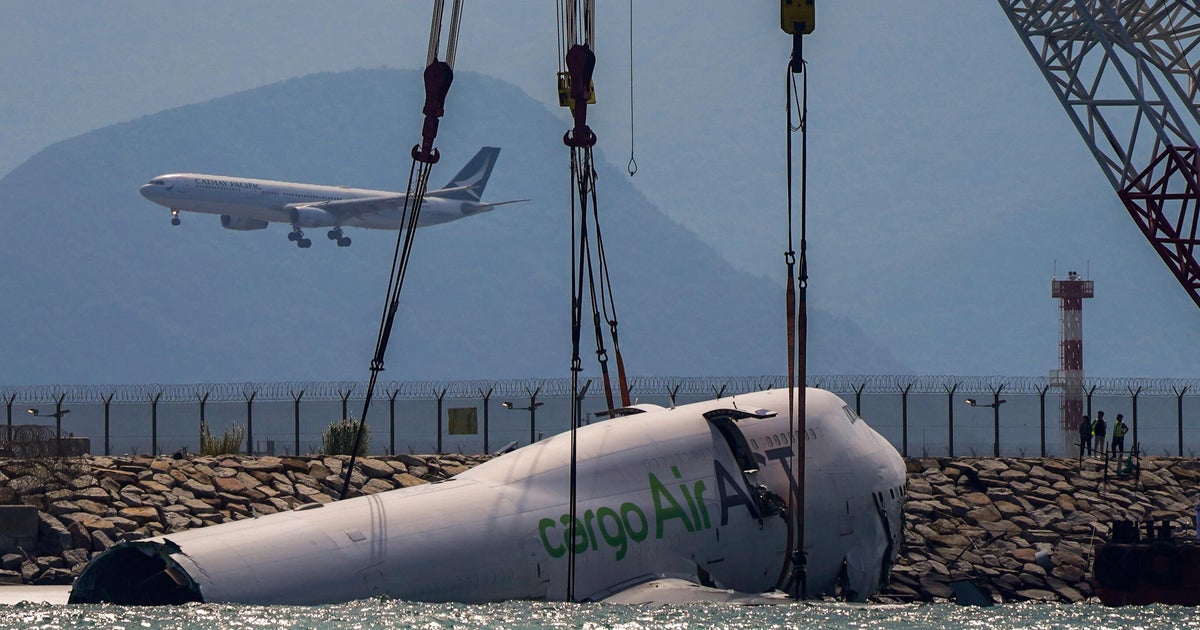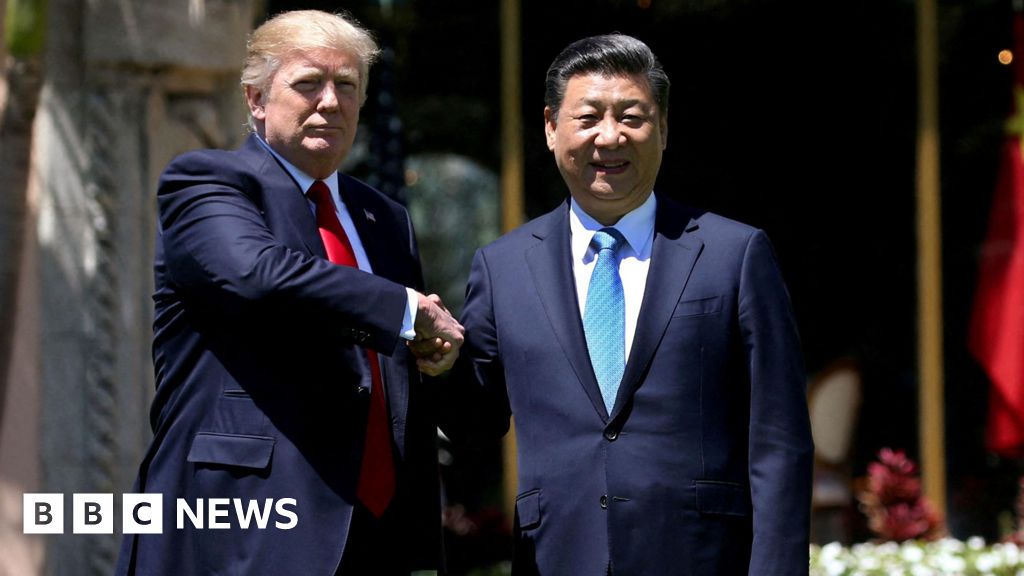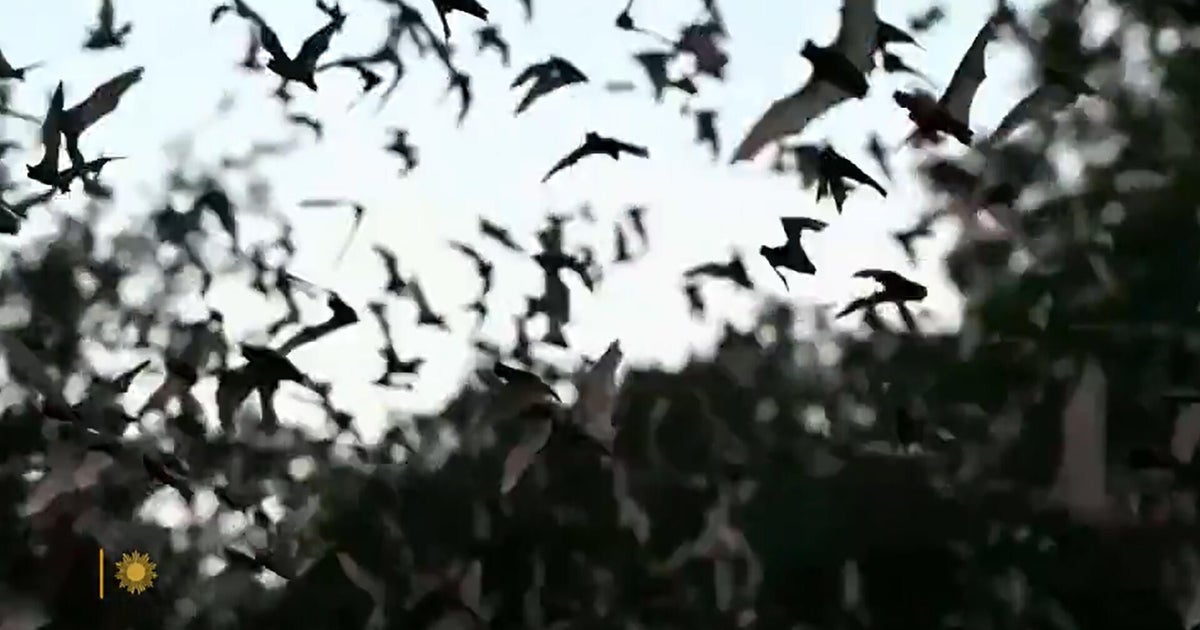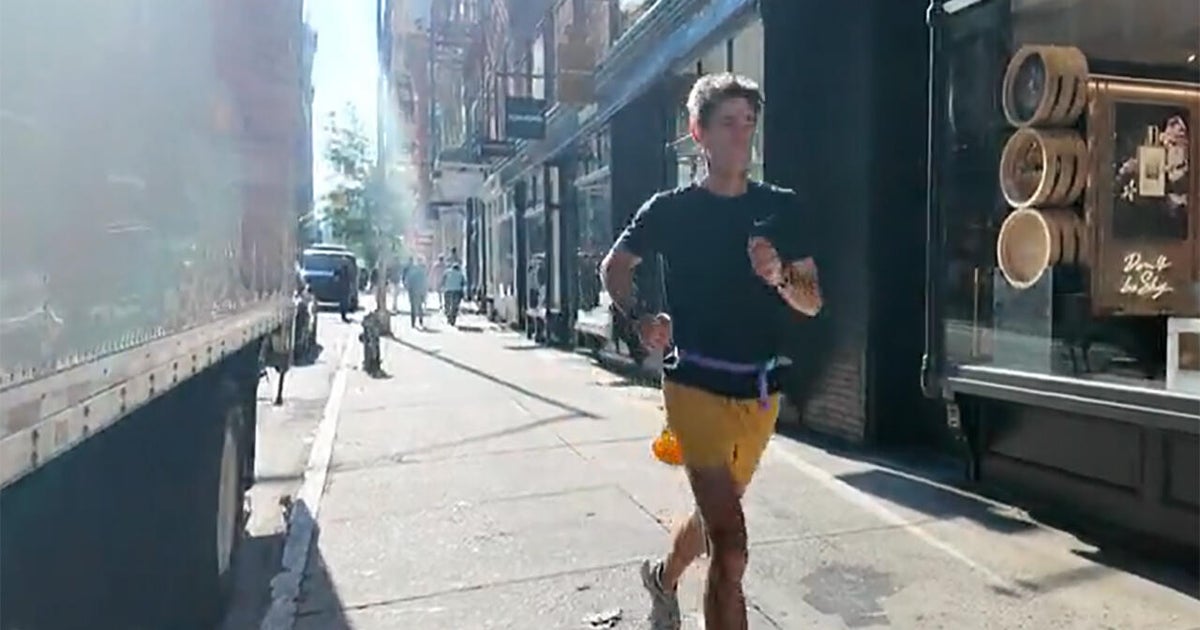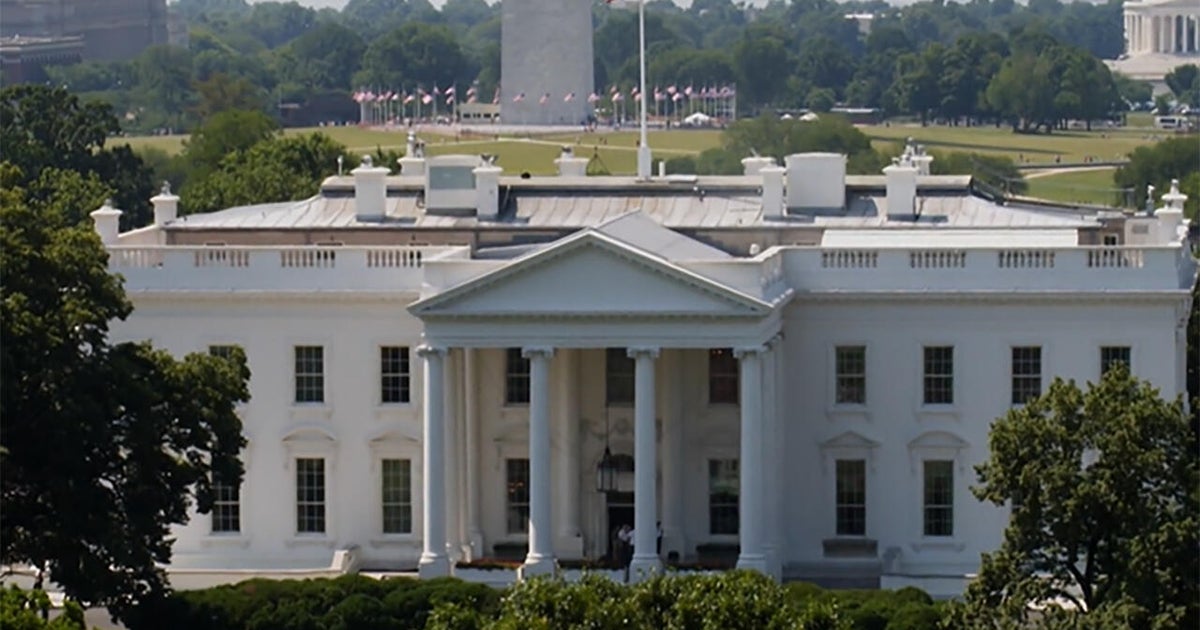“Just remember, we’re the weird ones,” counsels my husband for the umpteenth time as we try to explain ourselves to a puzzled hotelier. Using Google Translate, we’d asked if we could have tea to go with our breakfast of noodles, side dishes and warm soy milk. “You want me to make you tea now?” he replies via the app. It’s clearly an unusual request but he obligingly brings us two cups of green tea.
Confounding hoteliers is just one of the many surprises on our first holiday in China that includes the slick modernness of the towns and cities, the sheer scale of everything, and being mobbed by giggling teenagers.
We’d been emboldened by a three-week trip to Taiwan earlier in the year and armed with just two Chinese phrases (hello and thank you) my husband and I figured winging it in China for a couple of weeks would be a breeze.
How wrong we were, but the unexpected complexity was a taste of how travel used to be, before translation apps and GPS navigation, when itineraries could be delightfully derailed by a simple misreading of a map or a misunderstood question. It was also a reminder that the best tourist experiences rest on the kindness of strangers.
The decision to visit China was born from a combination of cheap flights and visa-free entry (currently 30 days). The exchange rate (for once in our favour) sealed the deal when we realised how much luxury $200 a night could buy in hotel accommodation.

We decided to skip the major cities in favour of the natural attractions of Yunnan in the country’s south. It is a mountainous region punctuated by picturesque “ancient” towns (many have been rebuilt for the tourist market). It’s also one of the most popular areas with China’s domestic tourists (the area had 539 million visitors in 2023) attracted by the architecture and culture of the ethnic groups who live there. We naively thought travel there would be relatively straightforward.
Decades of anti-China rhetoric in the west, especially since the COVID-19 pandemic, has seemingly made some Western tourists reluctant to visit. “Why do you want to go there?” was the refrain from friends upon hearing our destination.
That lack of Westerners is both a blessing and a curse for non-Chinese speakers. We were clearly a novelty, and were frequently asked to have our photo taken with random strangers. In the picture-perfect, and genuinely ancient, town of Shaxizhen, my husband was swarmed by a group of giggling teenagers all wanting to have a picture taken with him.

In our entire trip we saw only tens of white faces, usually in tour groups at the most popular tourist spots, and only a handful of independent travellers, none of whom were Australian.
Whatever the reason for staying away, it’s our loss. The landscape of Yunnan is breathtaking – literally, since the region has an average elevation of 1700 metres. As well as hiking, there are multiple cable cars that take visitors high onto mountain sides. The highest goes to 4500 metres on Yulong Snow Mountain (also known as Jade Dragon Snow Mountain) near Lijiang.
In the lush valleys, often beside lakes, there are low-rise towns packed with close-set wooden buildings. The perfection of these places gives them a Disneyland feel and make them ideal backdrops for the endless photo shoots of mostly young women in ethnic dress.
Minority dress photography is big business: in the ancient towns photo studios outnumber gift shops and on China’s version of TikTok the hashtag “I wore minority dress” has more than 440 million videos.
In the tourist centre of Xizhouzhen, thanks to the inaccuracy of both Google and Apple maps, we find ourselves well off the beaten path in an area of the town where the Bai people live. It is an unexpected glimpse into their lives. The women we see are all wearing traditional clothing but we don’t get a chance to ask them what they think about the Gen Z dress-ups fad.

Navigating is one of the biggest challenges we face since Google’s services (maps, email, YouTube, everything) are blocked by China’s great firewall (the company fell out with China’s government in 2010 over censorship of content). Apple has a better relationship with the Chinese Communist Party and its maps are more accurate than Google’s but still far from perfect.
We are able to access our Google apps by using an eSIM. For some reason, this bypasses China’s firewall. When using hotel Wi-Fi, we are sometimes able to get a VPN to work, which gives us access to Google and English language news sites.
Like so many people, we have become accustomed to GPS guidance wherever we go. Outside Australia, Google maps can be glitchy – in Jordan, we were directed to non-existent roads on several occasions – but in China the problems were compounded by translation issues. Searching maps for our hotels using the English name provided on Trip.com sometimes sends us to the wrong place altogether.
Luckily, our rideshare and taxi drivers prove incredibly helpful and on a couple of instances speak to hotel staff on the phone to get the correct location.
That warmth of welcome is the biggest surprise. Everywhere we go, busy staff take the time to talk to us via translation apps. On our last night in Kunming we are treated like royalty when we stay at a hotel inside the World Horti-Expo Garden. This is the site of a 1999 exhibition that featured gardens from around the world. Some of the gardens have been taken over by hotels and other businesses, others are as they were when the exhibition was on.

For dinner, we go to what we think is a regular restaurant and are ushered into a large private dining room where we are served by a cast of people who can’t do enough for us. Before we leave, we pose for a photo with the staff. It’s odd to think you’re the most exciting thing that’s happened in someone’s day.
While the landscape is on an epic scale, so too is the built environment. Whizzing through the countryside on a high-speed train from Kunming to Dali we can see new freeways soaring over the fields and tower blocks rising in the suburbs. Tourist infrastructure includes cavernous ticket halls at major sites and efficient shuttle buses to transport visitors between key points.
Despite the popularity of the places we visit, it is easy to shake off the crowds by walking just a few hundred metres past the entrance.
At the Shilin Stone Forest, a labyrinthine rock formation near Kunming that attracts 5 million visitors a year, we quickly escape the competing tour guide loud-hailers and find ourselves almost alone for most of our visit.
Unlike other countries we’ve visited, China curates its natural attractions and so even in a vast area – such as Pudacuo National Park (also known as Potatso National Park) and Yulong Snow Mountain – tourists are restricted in where they can go. The benefit is that the paths are well made and there are food outlets and toilets at regular intervals. The downside is that there are surveillance cameras and loudspeakers everywhere.

An exception is the Tiger Leaping Gorge hiking path, which is not surveilled but which does have food stalls selling locally grown produce and, incongruously, a coffee shack that serves unexpectedly good coffee.
The existence of a coffee culture is another delightful discovery. There are good cafes almost everywhere we go, many selling flat whites. The oddest location is a Starbucks inside a cave at the Yilian Jiuxiang Scenic Area outside Kunming, which is 40 kilometres up a winding mountain road.
Luckily, ordering food is easy if there is a picture menu and Google Translate helps when there are no images.
Despite the luxury of our accommodation and the modernity of our environment, what this trip provided was the same, slightly thrilling, feeling from our Lonely Planet backpacking days of not being fully in control. Would we do it again? You bet!
The details
Fly
A range of carriers fly to Kunming via various major cities. We flew China Eastern and transited in Shanghai but other options include transits in Beijing (Air China) or Guangzhou (China Southern). See oa.ceair.com; airchina.com.au
Drive
You need to get a China driver’s licence before you can hire a car. This can be complicated and we didn’t do it. For a detailed summary of your options, see farwestchina.com
Getting around
We used a mix of planes, trains (which were excellent), and taxis to get around but we also hired private drivers to take us to areas with limited public transport. The drivers were organised for us by hotel staff and we paid the drivers direct. We found our Australian bank wouldn’t authorise payments to individuals via WeChat and AliPay and so we paid our private drivers in cash.
Visit
You need to book ahead at Yulong Snow Mountain if you want to guarantee acess to any of the options in the park, not just the mountain itself. Yunnan Exploration details the various ways you can do this. See yunnanexploration.com
The writer travelled at her own expense.



